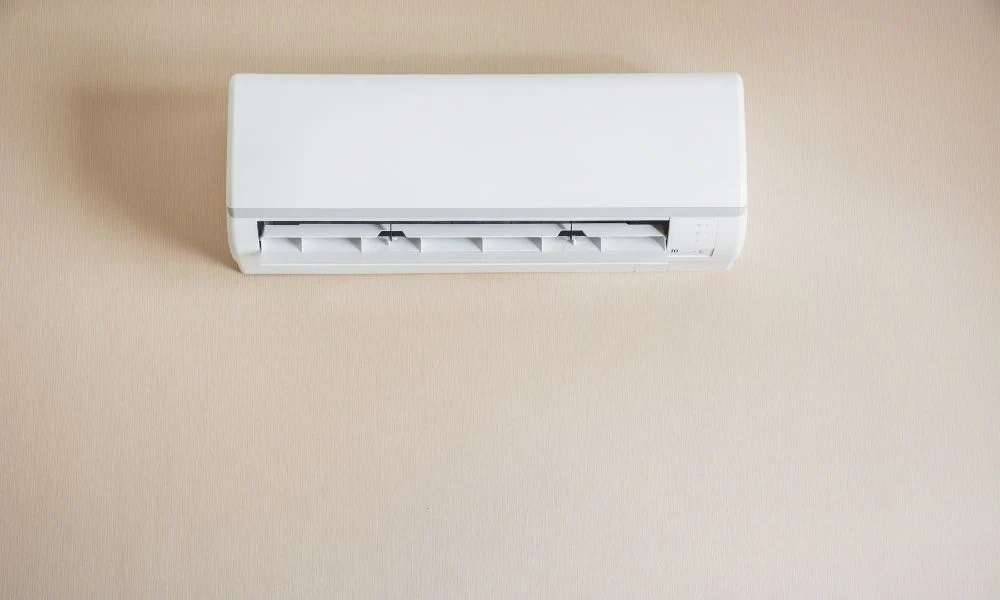Choosing the right heating and cooling system can be tricky. This blog breaks down the differences between ductless mini-split systems and traditional HVAC, comparing their functionality, efficiency, costs, and suitability for various climates. Learn which system best fits your needs for comfort and budget.
How Do Ductless Mini-Split Systems Work?
A ductless mini-split system consists of an outdoor compressor and one or more indoor air handlers. Unlike central AC, it doesn’t require ductwork, making installation easier. The indoor units are mounted on walls and connected to the outdoor unit via a small conduit. This setup allows you to control the temperature in different rooms independently, offering flexibility that traditional systems don’t provide. If you’re comparing mini split vs central air, a mini-split system might be ideal for homes without existing ductwork.
Traditional HVAC Systems: Pros and Cons
Traditional HVAC systems use a central unit to heat or cool air and distribute it through ductwork. This method ensures consistent temperature control throughout the entire home. One advantage of central air systems is their ability to maintain even cooling in large spaces. However, they require extensive ductwork, which can lead to energy loss and higher installation costs. If you’re debating hvac vs mini split, consider whether your home already has ducts or if installing them would be a major expense.
Energy Efficiency Comparison: Mini-Split vs. Central HVAC
Energy efficiency is a big factor when choosing between mini split vs central air conditioner setups. Mini-splits tend to be more efficient because they avoid energy losses from ductwork. Traditional systems can lose significant energy as air travels through ducts, especially if they are old or poorly sealed. Mini-splits also use inverter technology, which adjusts the compressor speed based on demand, reducing energy waste. If lowering your utility bills is a priority, a mini-split system could be the smarter choice.
Installation Costs: Which System is More Affordable?
When comparing central ac vs split in terms of cost, central HVAC systems typically require a larger upfront investment. This is due to the expense of installing ductwork, which can be costly if your home doesn’t already have it. Mini-splits, on the other hand, are easier and cheaper to install, making them a good option for older homes or room additions. However, if you’re replacing an existing central AC system, the cost difference may not be as drastic.
Maintenance and Lifespan
Regular maintenance is key for both types of systems. Traditional HVAC systems require duct cleaning, filter changes, and periodic inspections to keep them running efficiently. Mini-splits need less upkeep, mainly focusing on cleaning the filters and checking the refrigerant levels. In terms of longevity, a well-maintained mini-split can last around 20 years, while central HVAC systems typically last 15-20 years. If you’re weighing mini split ac vs central air, consider how much time and effort you want to invest in maintenance.
Best Climate Conditions for Mini-Splits vs. Traditional HVAC
The climate you live in can affect which system works best. Mini-splits perform well in moderate climates, where extreme cold or heat isn’t a constant issue. Some models now work efficiently in colder regions, but central HVAC systems still tend to be better for areas with long, harsh winters. If you’re deciding between ductless mini split vs central air, consider your local weather and whether you need powerful heating or cooling year-round.
Air Quality Differences
Air quality is another factor to consider. Central HVAC systems rely on ductwork, which can accumulate dust, mold, and allergens if not cleaned regularly. Mini-splits, on the other hand, don’t use ducts, reducing the risk of airborne contaminants. Many mini-split systems also include advanced filtration to improve indoor air quality. If you’re sensitive to dust or allergens, a ductless air conditioner vs central system might be the better option for cleaner air.
Conclusion
Choosing between a mini-split and a traditional HVAC system depends on your home’s needs, budget, and climate. Mini-splits offer flexibility, energy efficiency, and lower installation costs, while central HVAC systems provide whole-home comfort and powerful performance. If you’re ready to upgrade your home’s heating and cooling, Go Green Heating & Cooling can help.


Related Stories
The Cost Breakdown of Installing a Mini Split AC System
Mini split air conditioning systems are changing the way homeowners think about cooling. Whether you
May
Why Regular Chimney Cleaning Could Save Your Home—and Your Wallet
Nothing says comfort like a warm fire on a chilly night—but what’s going on inside
May
Should Ductwork Be Replaced After 20 Years?
When your HVAC system works hard to keep you comfortable, your air ducts play a
May
Why Dryer Vent Cleaning is Essential for Fire Prevention
Dryer vent cleaning isn’t just about keeping your appliance running better—it’s one of the simplest
May